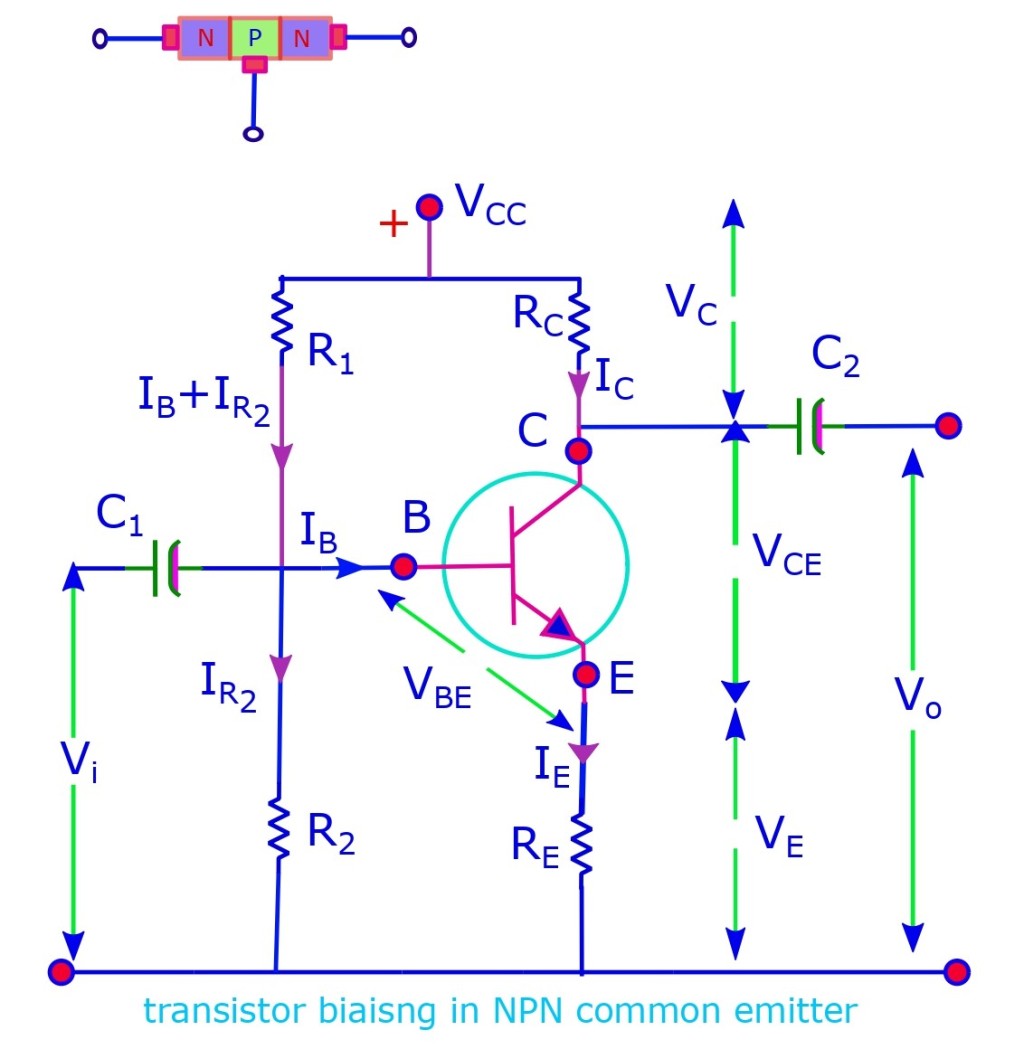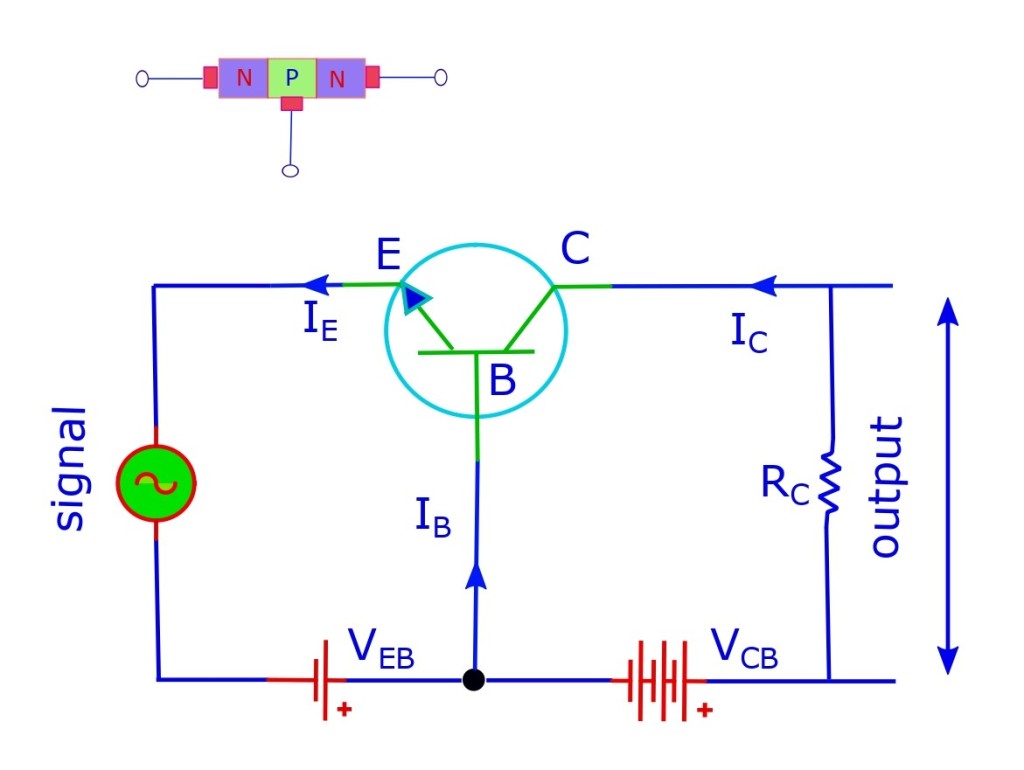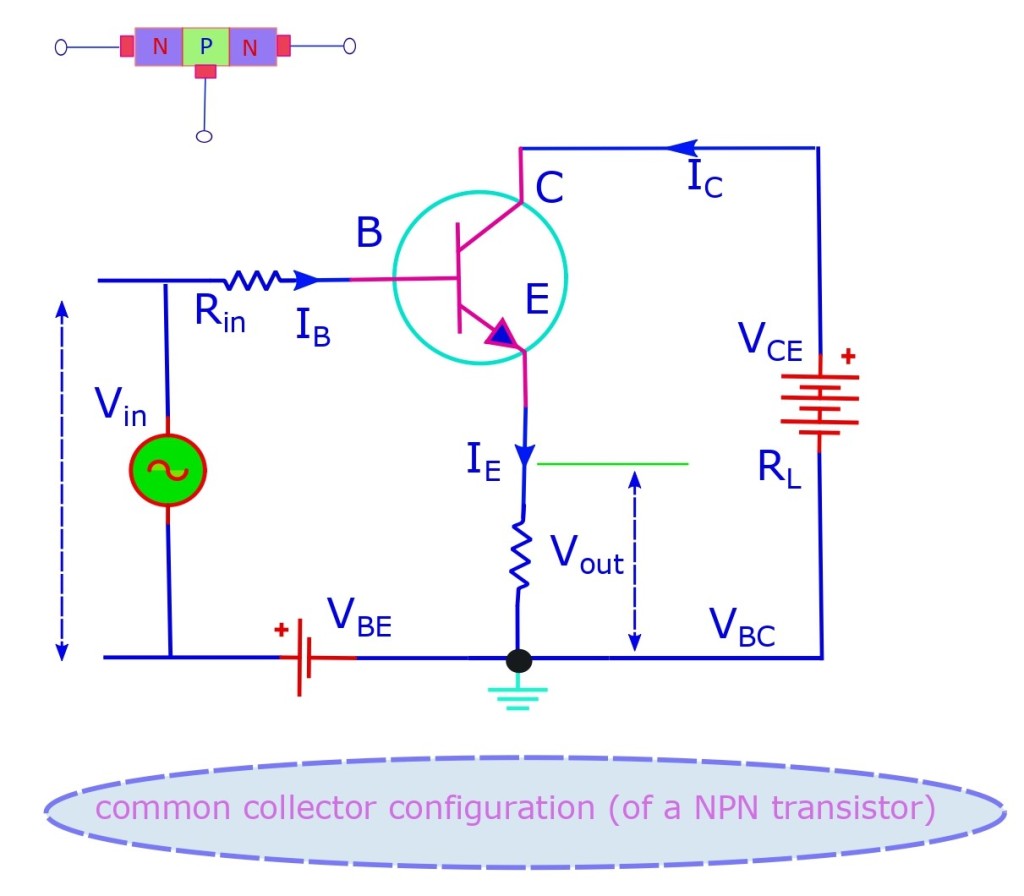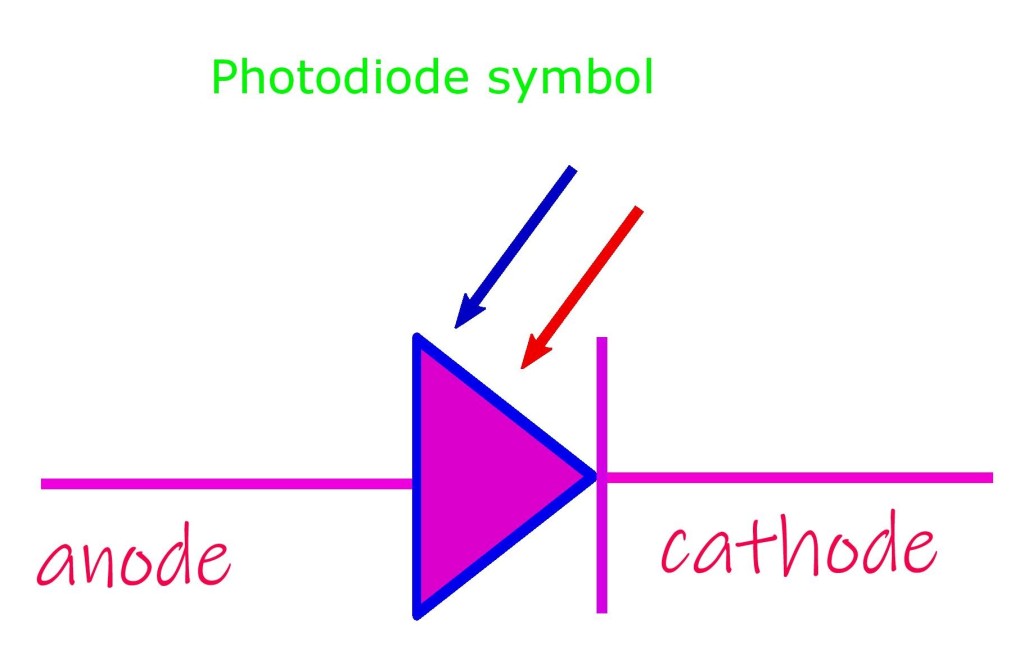Mindblown: a blog about philosophy.
-

Transistor biasing, Lecture-XIX and XX.
Transistors operate as amplifiers when external DC supply voltages are used and a desired current IC is produced. The control voltage or current are known as “BIAS”. Usually we need two biasing DC sources, one in the input circuit and one in the output circuit. But this is inconvenient and costly. We can instead use…
-

Load line analysis of transistor, Lecture-XVIII.
In the last few lectures we discussed in some detail the construction and working of the bipolar junction transistors, their characteristics and various configurations. Briefly we touched upon the subject of various regions of operation of the BJT. Today we will extend our discussion into whats a load line for a transistor and in doing…
-

Regions of operations in BJT, leakage current, Lecture-XVII.
In our last two lectures (find’em here) we discussed in all detail the bipolar transistors and some of their characteristics in various configurations. There we briefly mentioned the BJT operate in various regions such as the active, cut-off and the saturation region. Today we will discuss that aspect a little more into our wit.
-

Bipolar Junction Transistors (BJT), Lecture-XV and XVI.
Today we will discuss another line of application of the pn semiconductor diodes: the so called bipolar junction transistors or BJT in short. There are two ways in which pn junction diodes can be joined together sharing a common P or N terminal. This produces 3 layer, 2 junction, 3 terminal devices. Such devices are…
-

Photo-diodes, lecture-XIV.
In our last lecture we discussed the concept and working of a particular type of diode which gets an immense application in solid state lighting technology in today’s world: the light emitting diode or the LED in short. There we saw how its capable of converting the electrical energy into optical energy. There is yet…
Got any book recommendations?